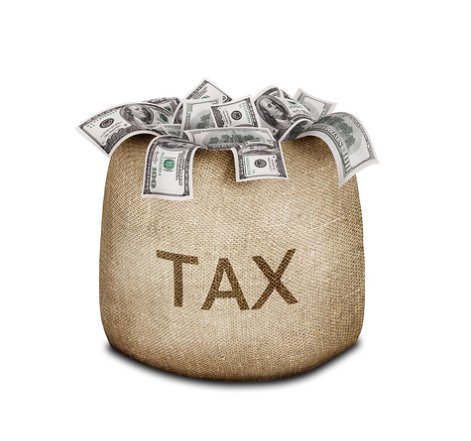 Author: Ben Dickey, BSG&L Financial Services LLC
Author: Ben Dickey, BSG&L Financial Services LLC
Covestor models: Pure Growth and Growth Plus Income
Last year was a very trying year, both in the markets and in the economy. The European Debt problem reared its ugly head ever so often, causing investors to ignore good fundamentals in the market. Inflation in the developing markets accelerated to a point that central banks in the region raised interest rates slowing their economies. Then, to compound matters for both markets and the economy, Washington could not agree on the budget or deficit ceiling, causing further turmoil.
Looking to 2012, some of these problems are still here, while some have improved. One factor that may cause volatility in the markets is the upcoming fall elections.
The economy should slog ahead in 2012, slow but gaining slightly. Europe is trying to push their problems further down the road, hoping their economies will improve and help the budget problems. The emerging markets did slow the inflation rate and their economies. However they are still growing at a relatively rapid rate. I believe Europe will slip into a mild recession, due in part to their austerity programs and also due to the massive amount of sovereign debt that must be rolled over in the next year or so. I’m afraid the markets and the economy will be bound by volatility and fits and starts, but overall will grow slightly. I would not recommend using large index funds, like the S&P 500. However, as always, certain sectors should outperform while some will underperform.
As I previously stated, our economy and markets should move ahead slowly, but in an upward movement. The Emerging Market countries should continue at their growth clip, and Europe may slip into recession. This creates certain market opportunities and certain sectors that could be under severe strain. European debt problems probably will cause bank and large financial institutions to lose money and could erode their capital base. We are avoiding large financial institutions. However, the emerging markets will continue to need large amounts of commodities, industrial machinery and parts. The US will continue to grow, adding to the consumption train.
Major technological advances in the Oil & Gas industry have caused the United States to have an increase in oil production for the first time in over twenty years. This will reduce our balance of trade deficit and is adding jobs. Another benefit from this is the enhanced increase in natural gas liquids such as ethane, propane and butane. These are the feed stocks for the chemical industry. As a result, chemical companies are moving production from overseas back to the United States. This should reduce the balance of trade deficit and add jobs.
The aforementioned beliefs cause us to stay with an overweighting in our basic portfolio allocations to industrial, energy, and commodity companies. We like Caterpillar (CAT), Deere & Company (DE), Honeywell International (HON), United Technologies (UTX), Emerson Electric (EMR), and Cummins (CMI) in the industrial sector. We like Helmerich & Payne (HP), Cameron International (CAM), Halliburton (HAL), and Schlumberger (SLB) in the oil field services area. We have just recently added Mitcham Industries (MIND), a seismic rental company to this area.
Our holdings in Commodities and Energy have changed little. We continue to like Continental Resources (CLR), GeoResources (GEOI), Anadarko (APC) and EOG Resources (EOG) in energy. In industrial commodities we like Peabody Energy (BTU), Freeport-McMoRan Copper & Gold (FCX), Cliffs Natural Resources (CLF), Vale S.A. (VALE), and Southern Copper (SCCO). To reduce overall portfolio volatility and generate income, we like Kinder Morgan Energy Partners (KMP), Linn Energy (LINE), Energy Transfer Partners (ETP) and SeaDrill Limited (SDRL). These companies have good dividend rates of between 5% and 9.5%.
We are light in the Technology sector, but like Amazon.com (AMZN), Apple (AAPL) and International Business Machines (IBM). We also only own one small regional bank, which is our exposure to the financial sector.
As I stated earlier, I believe the European debt problem has us most concerned about this year. I believe the election can also cause some turmoil due to the uncertain tax consequences. Hedging this volatility, in my opinion, will be hard. Gold was as volatile as the markets. Several hedge funds lost huge sums of money betting on Gold. About the only way to reduce volatility is to add some consumer staples with good dividend streams. However, if you are a long term investor, the aforementioned sectors should allow an investor to outperform the markets with a somewhat reduced amount of volatility for the foreseeable future.
Ben Dickey CFP/MBA



